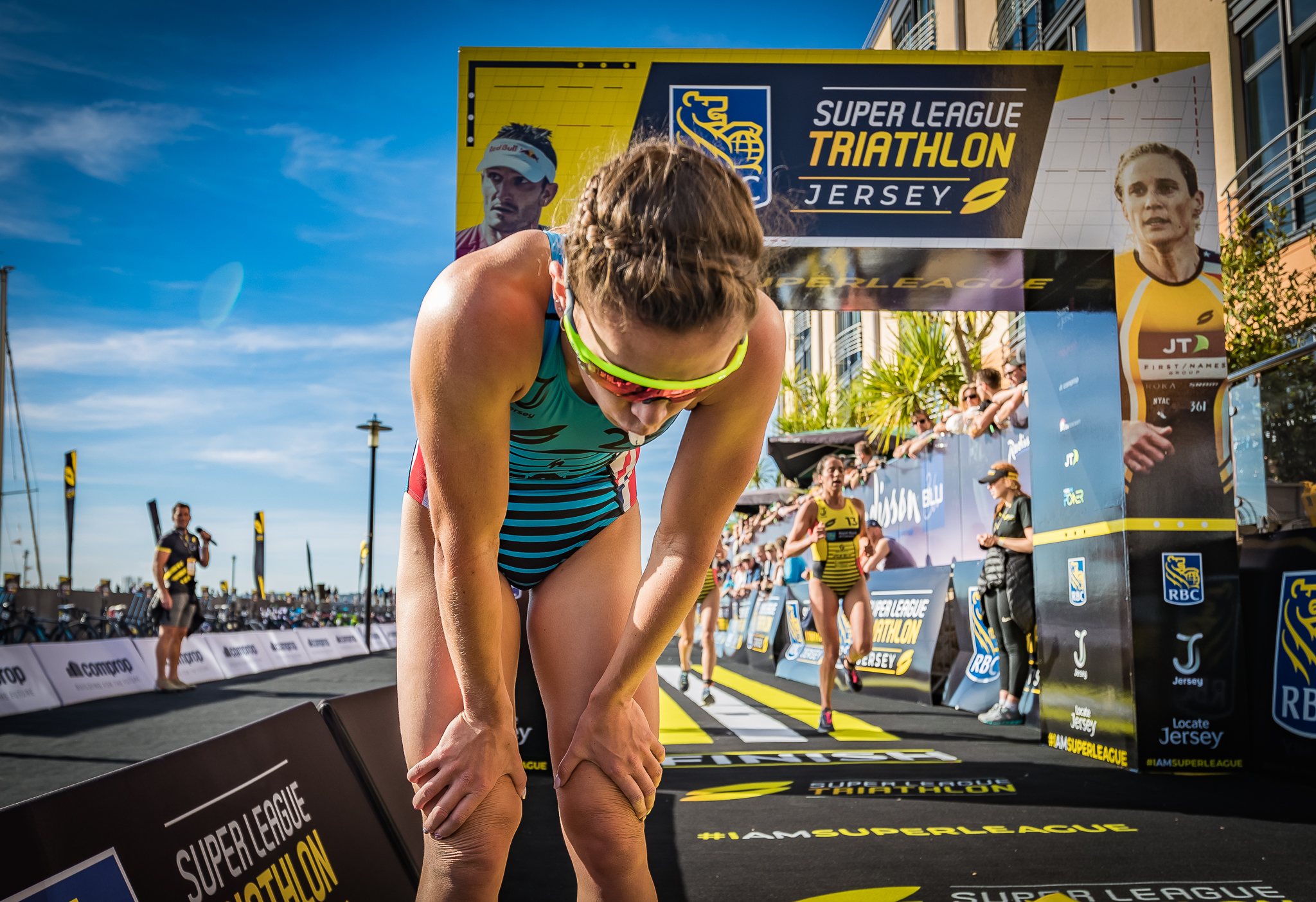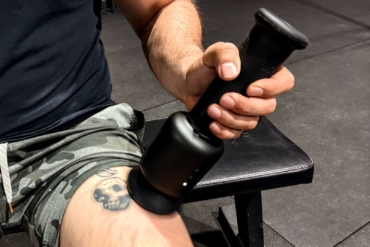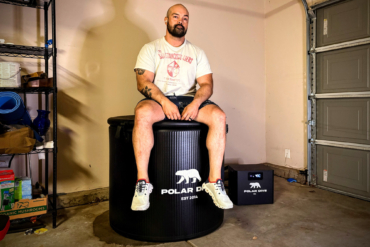The Super League Triathlon race series is an aggressive, unpredictable, fast, and unconventional take on the triathlon.
The SLT series throws everything triathletes know about the sport out the window. The changing formats are new to many, even those who know or participate in triathlons.
What Is the Super League Triathlon?
The SLT is a challenging race series launched in 2017 to test triathletes in new ways. Featuring five distinct formats, SLT pits short- and long-course athletes against one another. It also stages back-to-back events, which favors versatile triathletes in a wild pressure-cooker format.

Katie Zaferes, 29, is the poster child for how to thrive in this frenzied format. She won the most recent head-to-head SLT in Jersey, a tiny atoll in the Channel Islands.
But that was a world away. Zaferes grew up playing soccer and lacrosse, swimming, and running track, only trying her first triathlon after high school with her dad. It was a Father’s Day race.
She went on to run Division 1 track at Syracuse. Then, USA Triathlon recruited her. She did well as an age-group triathlete and turned pro in 2013. Today, Zaferes is using the SLT to become resilient and well-rounded enough to reach her ultimate goal: Olympic qualification in 2020.
“All weaknesses are exposed, and you really have to be strong in all areas to survive the multiday, multiround, back-to-back racing,” she said. “It’s dynamic and cutthroat. Some race formats even eliminate athletes throughout the rounds. No one can hide, and there’s not much room for error or mental or physical weakness.”

Super League Triathlon Race Formats
There are SLT racing options for age-group-level triathletes up to professionals looking to win the whole tour. For the elites, the top 25 male and female triathletes from around the world battle it out for the “best all-round” title during a globe-spanning, four-stop season.

But first, racers must get familiar with five confusing formats.
- Enduro: Considered the toughest overall, the enduro comprises two speed triathlons (each with a 300-m swim, 5-km bike, and 1.6-km run) with no break in between.
- Triple Mix: The normal swim-bike-run triathlon sequence shuffles over three stage races.
- Eliminator: Three traditional swim-bike-run ordered races where athletes need to hold their ground in each stage or get eliminated.
- Equalizer: A solo time trial and a surprise discipline followed by an enduro-style race.
- Sprint Enduro: Fastest athletes from a sprint triathlon advance to stage two for an all-out mini double enduro race.
Inside a Triple Mix SLT Race
Zaferes’ recent race sums up how one SLT race format works. In Jersey, it was a Triple Mix: three short triathlons where the swim, bike, and run get swapped around in each race.
“On the first day of racing, it took me a bit to get warmed up, but I got better as the rounds went on (not intentionally, and it’s a risky move!),” she said.

“I felt unprepared and my head felt frazzled. I made silly mistakes. Like on the run-bike-swim race, I came in from the run and grabbed my bike but had forgotten to take off my running shoes!”
Day two was different. “I mentally felt much more put together and was feeling really good physically. I just wanted to push from start to finish,” Zaferes said. “So I really just did my own thing and gave it everything I had.”
Top SLT Pro Katie Zaferes Interview
Zaferes currently sits atop the SLT women’s leaderboard. She’s gunning for a repeat in Malta at the end of this month. In between, we asked her what this latest bastion of triathlon is all about.
GJ: How do you train for and race SLT differently than a traditional triathlon?
Zaferes: It requires an interesting balance. Because SLT races are short and fast, you need speed. But you also need endurance to withstand back-to-back racing with little-to-no recovery.
I focus a lot on technical aspects like starts, transitions, and race tactics. It also takes a lot of mental preparation because things are always changing. I try rehearsing the races in my mind, making sure I know where to put my equipment when I come into transition and memorizing the format of each race.
What tips do you have for athletes considering getting into SLT?
I did my first triathlon just after graduating high school. It was a Father’s Day triathlon and something my dad and I wanted to do together.
I recommend signing up for the SLT races and just giving it a shot. Once you sign up, take the time to go over the formats and the course maps. And if you have specific questions, reach out to the athletes who have competed in a Super League.

What are three things that everyone should know about SLT?
- It’s even more fun to watch in person. If you can’t be there in person, it’s aired at superleaguetriathlon.com and the SLT Facebook page. Even local broadcasters are picking it up worldwide.
- You never know what’s going to happen. Even the athletes have no idea who will prevail in the end. The standings are ever-changing, and it’s very hard to know who’s going to be the best throughout the two days.
- It takes speed but also endurance. Though on first look the races are short, the most successful racers are those who can rebound and recover the quickest after multiple rounds of explosive racing.
Besides being pretty painful, it’s also a lot of fun!







